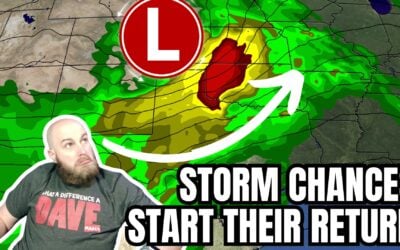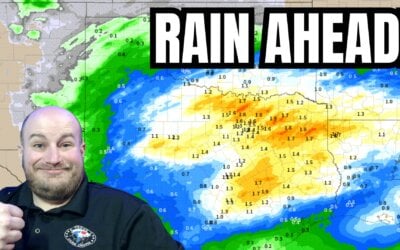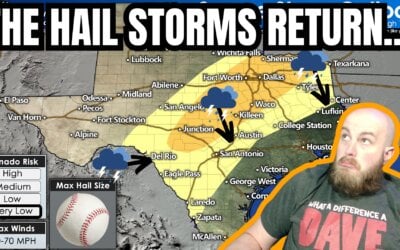Hello and happy #WeatherWednesday everyone! I hope you found the last write-up about atmospheric instability and stability useful and interesting. To change things up we will switch to a mesoscale meteorology lesson today. We are going to discuss what the term “RFD” means!
As many of you know, a supercell is what we call a storm with a sustained, rotating, and tilted updraft. The most frequent severe weather is caused by supercell thunderstorms. One of the biggest defining features of a supercell is the presence of RFD, or rear-flank downdraft. On radar, this is visualized by a “hook echo”, or appendage of reflectivity on the south side of a typical right-moving dominant storm in the N. Hemisphere.
This thin region of rain and hail appears this way because it is wrapping around the south side of the strong rotating updraft, which spins counterclockwise. Meanwhile, the inflow notch or echo-less region adjacent to the hook on the right is where the updraft ingests surface air.
RFD is driven by mid-level higher speed air which is relatively dry compared to the storm full of wet air parcels. When this dry air continuously entrains into the rear side of the storm, a mass of the updraft evaporates and cools. When it cools it becomes denser than its surroundings and falls downward. Sometimes you can detect visually this evaporation happening, known as an “RFD cut” where the cloud matter disappears on the rear side of the storm. The air hits the ground and spreads out, and then you have RFD! In the mesoscale environments with the strongest pressure perturbations, the RFD hook can twist around the the whole updraft. This downdraft is accompanied by strong and even damaging winds along with rain, hail, or sometimes neither in much drier environments. This RFD process is essential for the textbook “occlusion” stage of a supercell updraft and tornadogenesis. This is why, in theory, a dry layer existing above the warm, moist surface layer is beneficial to an already conducive atmosphere for supercells…as long as wind shear and instability and lift are also present.
As far as tornadoes are concerned, strong RFD surges with maintained inflow into the updraft can enhance the tornado potential. Since the downdraft air and inflow air tend to move in opposite directions in close proximity relative to the storm, the wind shear can organize a mid level mesocyclone easily and also possibly a tornado.




0 Comments